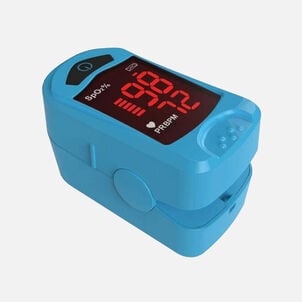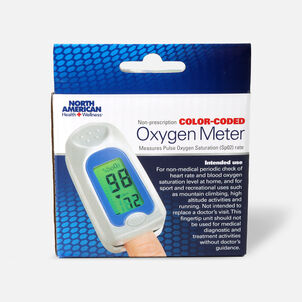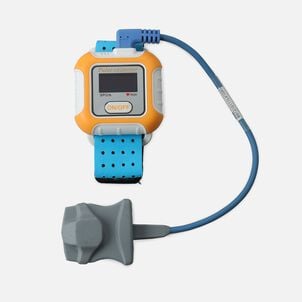The Complete HSA Eligibility List
Here it is — the most-comprehensive eligibility list available on the web. From A to Z, items and services deemed eligible for tax-free spending with your Flexible Spending Account (FSA), Health Savings Account (HSA), Health Reimbursement Arrangement (HRA) and more will be here, complete with details and requirements. Important Reminder: HSAs, FSAs, HRAs and other account types listed may not all be the same. Be sure to check with your administrator to confirm if something is eligible before making a purchase.
Here it is — the most-comprehensive eligibility list available on the web. From A to Z, items and services deemed eligible for tax-free spending with your Flexible Spending Account (FSA), Health Savings Account (HSA), Health Reimbursement Arrangement (HRA) and more will be here, complete with details and requirements. Important Reminder: FSAs, HRAs and other account types listed may not all be the same. Be sure to check with your administrator to confirm if something is eligible before making a purchase.
Pulse Oximeter: HSA Eligibility
Pulse Oximeter: eligible with a Health Savings Account (HSA)HSA Eligible Oximeters
What is a pulse oximeter?
A pulse oximeter is a tool for measuring an individual's oxygen saturation. A pulse oximeter indirectly measures this continuously via a probe, usually attached to an individual's finger. Pulse oximeters are noninvasive, and indirectly measure oxygen saturation, meaning that they do not require a blood sample. However, they do not measure ventilation itself in an individual and thus do not produce a wholly useful measure of respiratory sufficiency. For emergency medicine and many home applications, though, a pulse oximeter is a very useful and sufficient tool for observing and supporting an individual's health (Healthline).
Pulse oximeters can provide false readings when a patient is receiving supplemental oxygen or has a hypoperfusion of the extremity being read by the pulse oximeter's probe. Pulse oximeters also cannot determine if an individual is adequately oxygenated if they are undergoing difficulties maintaining sufficient bloodflow or lack sufficient hemoglobin in their blood.
A pulse oximeter works by generating red and infrared light at the point of the probe's contact, which is usually an individual's finger. The lights are absorbed and reflected differently based on oxygenated and deoxygenated blood passing through the extremity's capillary bed, resulting in a contrast that the pulse oximeter is able to read and from which it can extrapolate the individual's oxygen saturation. Pulse oximeters also normally provide a readout for an individual's heart rate (Medical News Today).
Home pulse oximeters are fairly inexpensive and easy to obtain Over-the-Counter (OTC) from drug stores. They typically require batteries or an external power source. A medical doctor may provide instructions for using the pulse oximeter and/or for collecting readings from the pulse oximeter in order to diagnose the progression of treatment for a medical condition or disease.
Pulse oximeters are eligible for reimbursement with a consumer-directed healthcare account.





